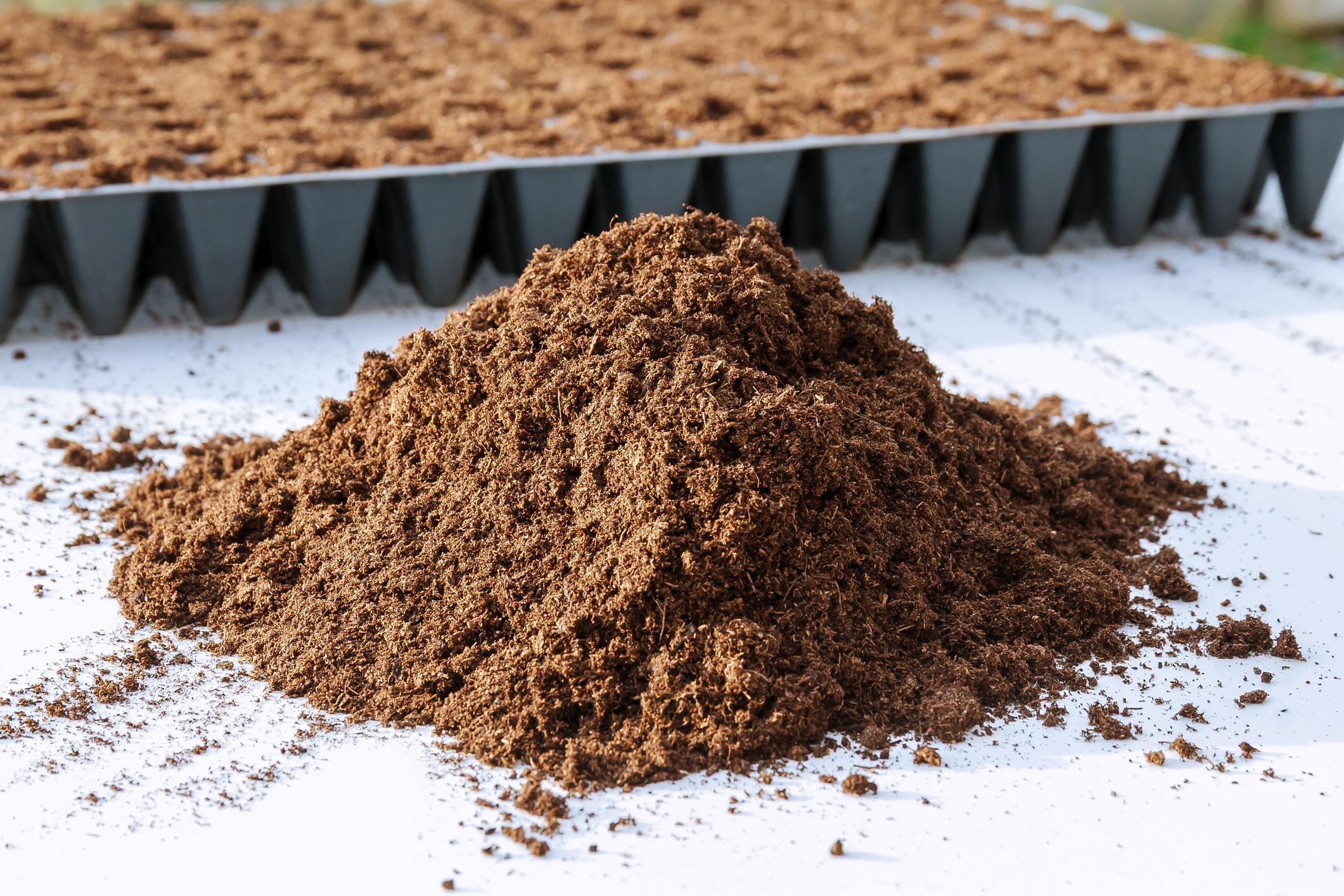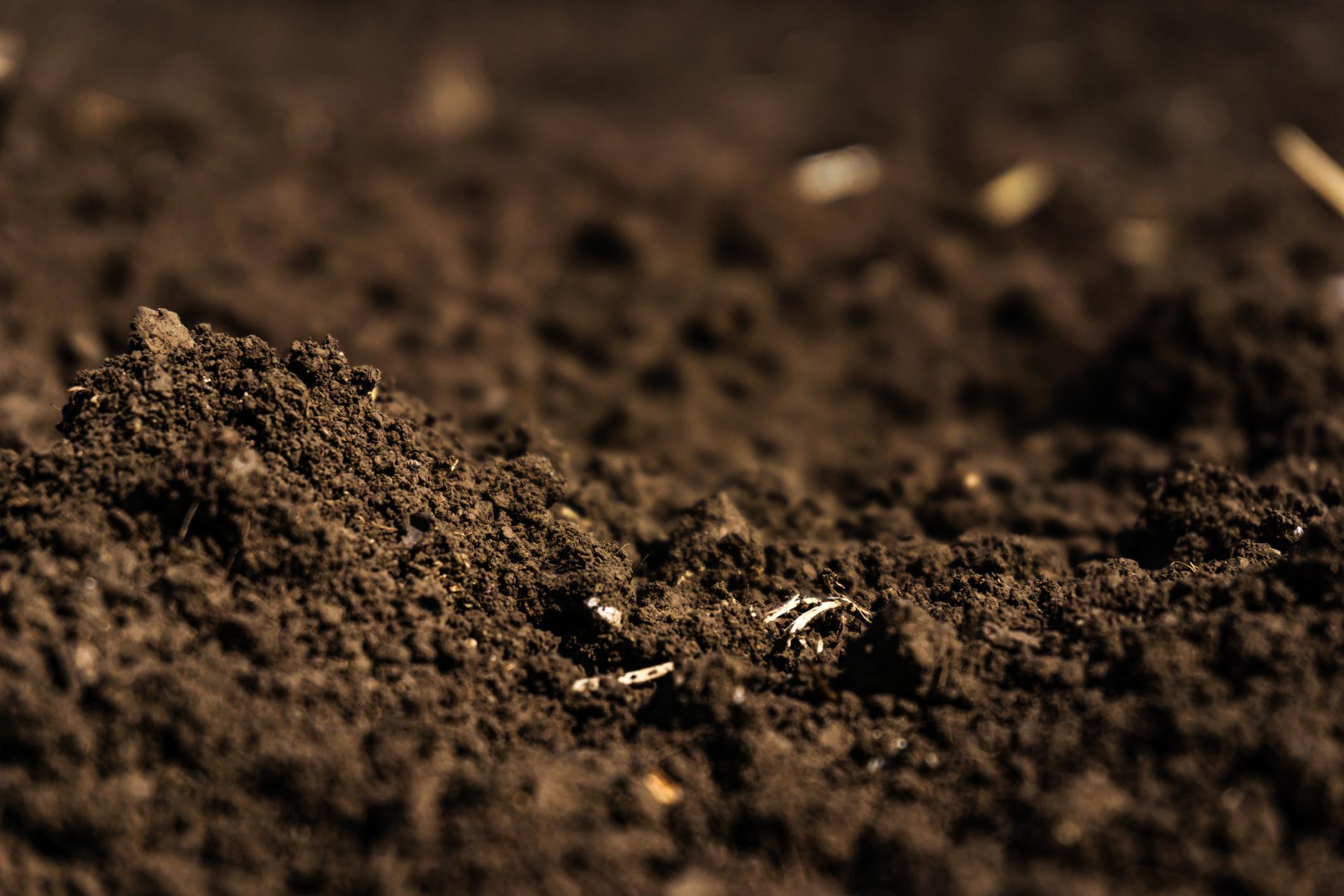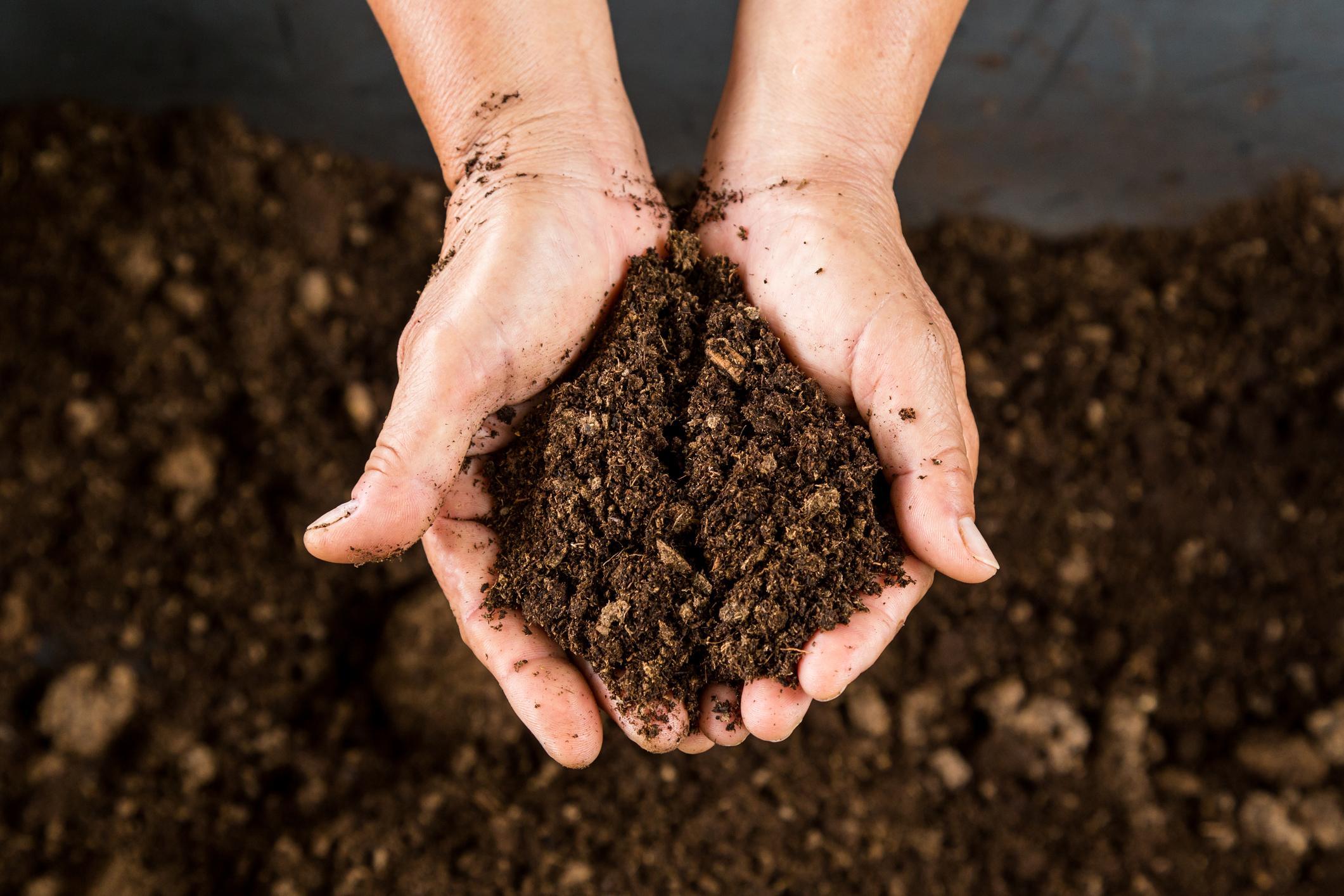Types of Peat Moss for Plants


Peat moss is one of the most used materials as a substrate both in gardening and agriculture. There are different types of peat used in gardening, but all of them are known as peat moss. Although it is made from similar organic material, the peat moss used in gardening is different from the peat used as a fuel. Peat moss is mixed in with other components to create a substrate that is best for certain plants. The different types can provide different benefits, depending on their needs.
If you want to know these benefits, thedailyECO investigates the different types of peat moss for plants. We also look at which type is best for your plants and how to use it in your home or garden.
What is peat moss for plants?
When many people think of peat, they think of the fuel which has been used as a traditional heating method in many cultures. These include Ireland, Finland and parts of Canada, areas which have peat bogs. This fuel is made from decomposed organic matter which accumulates in a water-rich environment. This helps to preserve different elements in the material which can be great for burning and other uses.
The peat moss which is used for plants is a treated version of this peat. It is called peat moss because it has a lot of sphagnum moss content, i.e. moss from the genus Sphagnum. This is usually treated with limestone to reduce acidity. It is usually also younger than the peat used for fuel. They both come from the bog, but the peat moss used in gardening is on the top layer and not from the older, deeper peat used for fuel.
For an area to be considered a peat bog from which peat is extracted, it is necessary to meet the two basic conditions of poor oxygenation and excess humidity. When organic matter accumulates in these circumstances it does so at a faster rate than the microorganisms can degrade it. This means it cannot decompose completely and a peat bog is formed as a result. These peatlands produce peat very slowly and it is estimated that organic matter only accumulates at approximately 10 cm per 100 years in them.
Peat moss is one of the most used substrates for plants. Although it is very poor in nutrients such as nitrogen their properties are ideal for the development and growth of the vast majority of plant species.
If you want to purchase peat for your plants, you can use the link below:

Types of peat moss for plants
There are two main types of peat moss which are used in gardening, but which should not be confused with peat as fuel. They are:
Black peat
Black peat originates from low areas, with a high base content, so its pH is much higher. It is normally between 7.5 and 8. It is a peat moss in which the organic matter is quite decomposed, making it darker in color. It also means it is very poor in nutrients. Despite this, they are ideal for the development of all types of plants if they are provided with the necessary nutrients from other parts of the substrate. It is also known as reed-sedge peat due to the high content of reeds, sedges and similar plant matter.
White peat
Also known as blond peat or sphagnum peat moss, white peat moss is formed in areas of mild temperatures with a high rate of precipitation. The large amount of rain carries out an intense washing of calcium and other minerals from the material, leaving a high content of sphagnum, the substance present in mosses that no known microorganism can decompose.
In reality, white peat moss is not peat as such, but a vegetal mantle thousands of years old that forms on black peat. Its pH is much more acidic, between 3 and 4.
What types of plants need peat?
Virtually all plants can benefit from a peat-based substrate. The type of peat sued will depend on their specific needs. This means they can use either white peat or black peat, but it is most common to use a mixture of both. Most peat moss products, including the link used above, are a mixture.
Horticultural plants, flowering plants and trees appreciate the use of black peat. This is as long as they are provided with more nutrients in the form of fertilizer or from other elements in the substrate. We should not use peat as the only ingredient in the soil mix.
Acidophilic plants are those that need acidic soils for their correct development. They will find their best ally in blonde peat since it adapts the pH of the soil to their needs in addition to providing a substrate with high moisture retention. Acidophilous plants will also need an extra supply of nutrients, except in cases such as carnivorous plants or cacti. These latter plants need soils poor in organic matter. When we use white peat to acidify the soil, the usual thing is to mix it 50% or 40% with black peat.
Learn about another great ingredient for soil substrate which you can make yourself with our guide to making worm castings at home.

How to use peat for plants
If what you want to know is how peat moss is used when applying it to your garden or plotted plants, it will depend on the exact environment in which you are going to plant.
- Seedbeds: to know how to make peat for seedbeds , it is best to take black peat and mix it in equal parts with coconut fiber and worm castings. These make the substrate lighter and provide even better moisture retention properties. You can add vermiculite and perlite to the mixture to further enhance its properties.
- Pots and planters: if it is about how to make a good substrate for pots , you can imitate the seedbed formula if the pots are going to be in the sun. If they are going to be located indoors, simply use peat and worm castings. This is because they will not suffer serious sunstroke that can make the substrate too dry. Again, perlite and vermiculite are always a contribution that the earth will appreciate.
Even if you use worm castings in your substrate, remember that the plants will exhaust the nutrients in the soil sooner or later. It is important to renew the supply of organic matter and transplant the plants whenever necessary.
Now that you have learned more about what peat moss is, its types and how to use it, we recommend you read these other gardening guides to lava rocks for plants and kiryuzuna soil for bonsai.
If you want to read similar articles to Types of Peat Moss for Plants, we recommend you visit our Plant care and cultivation category.







